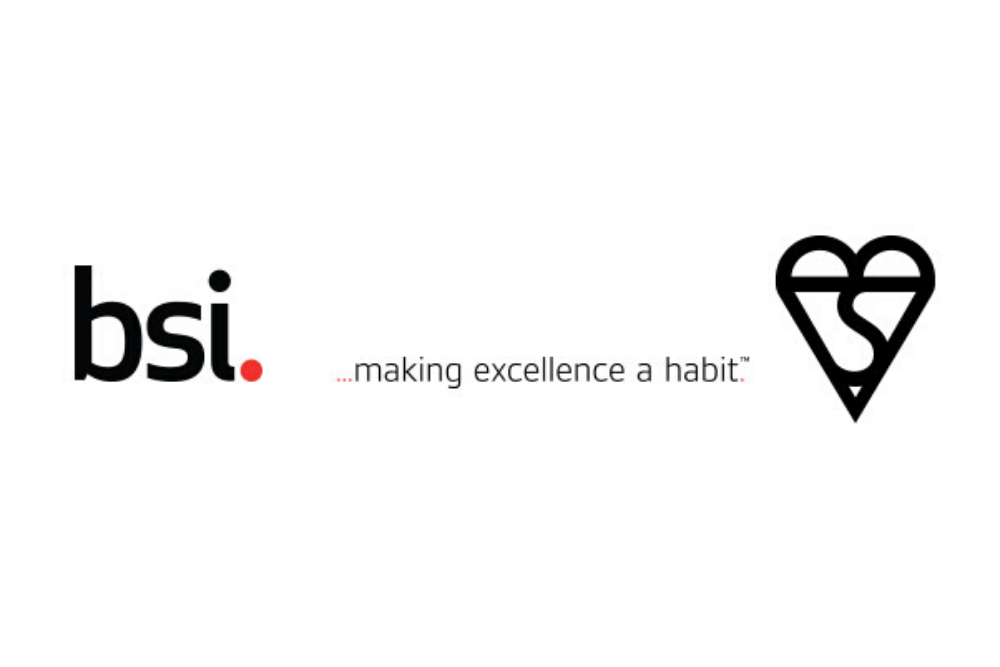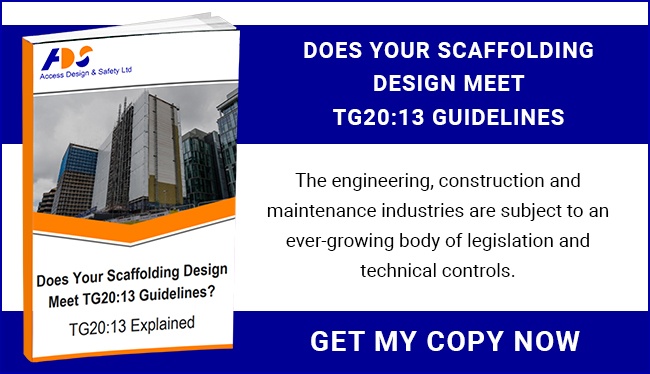
In 2019, BSI produced a fully revised and updated version of BS 5975, the code of practice businesses are recommended to comply with for temporary works procedures as well as stress design of falsework & formwork on-site. The first major revision since 2011, this significant update has provided further recommendation and guidance for the safety and control surrounding a vast range of construction projects. New advice has been included, as well as several smaller updates to bring the standard up to scratch for modern-day purposes.
While much of the existing material is still relevant, this update provides some much-needed insight and essential upgrades to specific areas that needed additional polish. To meet the needs of an evolving and ever-changing sector, BSI recognises that regular updates are in their best interests – not to mention the interests of contractors. As such, this latest update has addressed some of the concerns about weaker areas within the 2011 version of BS 5975, providing better recommendations and further clarity to the Temporary Works process as a whole.

What Is BS 5975?
With practical insights and guidelines included for specifications, construction, design and even dismantling of falsework, this comprehensive framework ensures higher standards of safety for workers, as well as for the general public and other on-site individuals. BS 5975 is divided into three specific sections:
Section 1
This section supplies recommendations and guidelines for training and education surrounding the use of falsework and temporary structures.
Section 2
This section provides recommendations and guidelines for procedures that should be in place for the design, specification, construction, use and dismantling of falsework in all construction projects. This includes further guidance for complex projects that require additional procedures and control measures, such as major infrastructure works, to ensure the role of all participants are covered – from construction management to designers and clients.
Section 3
This section provides guidelines for the design and materials utilised within falsework, including equipment usage, load factors, wind loading and structural design. Section 3 is primarily designed to work alongside other existing industry standards for the design and structure of falsework.
Who Is BS 5975 For?
If you or your business works with temporary structures such as scaffolding in any capacity, then BS 5975 is relevant to you. Companies that are in line with the standards and regulations provided under this framework show a higher standard of safety and a better awareness of the transparent processes to manage temporary works on-site properly. The standard is designed to be widely used over many different industries and construction areas, making it a versatile solution for many works.
BSI specifically defines its standard as a useful tool for:
- Clients working with formwork and falsework
- Sub-contractors and principal contractors
- Designers for temporary or permanent works
- Suppliers of temporary works equipment
- Construction management bodies and companies
- Construction engineers, both general and specialised
- Infrastructure and energy contractors and services
- Consultants for falsework and the construction industry
- Training providers for falsework and the construction industry
- Government agencies with a focus on construction and development
- Health and safety officers and advisors
- Local councils and authorities, including inspectors
- University and college educators
With such a broad scope of use for the BS 5975 standard, it’s easy to see why this vital guideline needs frequent updates to stay relevant and on-point for all the areas in which recommendations and insight are provided. While not all parts of the standard will be suitable for all areas and industries, a comprehensive guideline can ensure that all avenues are covered, and companies and services of all shapes and sizes can adhere to the defined standard.
What Has Changed In The 2019 Revision?
BS 5975:2019 includes several distinct changes in comparison to the previous model used. Specifically, sections 1 and 2 are revised to meet current industry standards better, regulations and the changing environment for workers in the construction industry. By contrast, section 3 has remained largely the same. The main changes to note are:
- Updates of terms and definitions to meet current industry standards
- Revised details about the processes that clients, permanent and temporary work designers should follow
- Updates to fall in line with the Construction (Design and Management) Regulations, as defined in 2015 – especially in terms of the design of permanent and temporary works
- The addition of the option for additional contract managers to appoint a temporary works coordinator, in addition to the principal TWC who holds overall responsibility
In addition to these significant changes, several smaller changes were included as part of the update, modernising training recommendations, specifying responsibilities and better complying with additional regulations and standards. With BS 5975 remaining the standard in temporary structure construction and management, these changes won’t make a considerable amount of difference to the average contractor or developer. Instead, small alterations like these are designed to ensure the relevance of the broader standard for years to come.
What Do These Changes Mean For Working With Temporary Structures?
None of the changes included in the update are direct alterations to existing processes and procedures. However, this modernisation and inclusion of additional guidelines help to support modern construction businesses. This is especially true where older systems may no longer apply, as well as specific terminology that is no longer used. For those working in the industry, it’s well worth taking a closer look at the new code of practice – but if you’re already familiar with the overall framework, you’re already halfway there.
As an overall standard that’s widely used to ensure the safety of contractors and construction workers, it’s well worth taking a closer look at the guidelines in detail. If you’re looking for a business that takes BS 5975:2019 seriously, then Access Design is your ideal choice. As a nationwide scaffolding design company, we’re more than familiar with the requirements of BS 5975 and are fully compliant with all safety regulations and requirements for scaffolding on-site. Doing the job correctly is our number one priority, which means meeting and adhering to all required standards to the letter. Contact us today to find out more.
Image source: BSI Group




